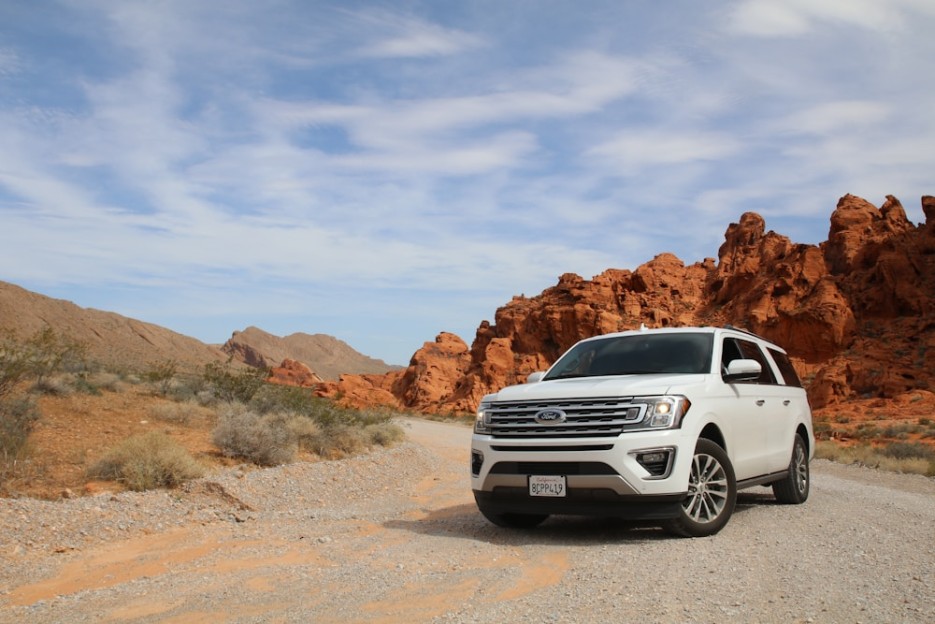
The latest data from the Bureau of Labor Statistics has revealed a significant surge in auto insurance rates compounding an already fragile inflation picture. Compared to the same period last year, auto insurance premiums have skyrocketed by more than 22%. This staggering increase marks the most substantial spike in insurance costs since the 1970s, sending shockwaves through the automotive and insurance industries alike which could affect consumers later this year.
The abrupt surge in auto insurance rates has caught many Americans off guard, with families and individuals now facing a substantial financial burden. As the cost of living continues to rise, this unprecedented spike in insurance premiums adds further strain to household budgets already stretched thin by inflationary pressures.
Economists warn that the ripple effects of these soaring insurance rates could have far-reaching consequences across the economy. With higher insurance costs, consumers may be forced to scale back spending in other areas, leading to a slowdown in economic activity in the months ahead. Moreover, businesses reliant on transportation, such as delivery services and rideshare companies, could face increased operational expenses, potentially passing these costs onto consumers.
Analysts attribute the sharp increase in auto insurance rates to a confluence of factors. Chief among these are rising vehicle repair costs, inflated medical expenses resulting from accidents, rising costs of servicing and a surge in fraudulent claims among others. Additionally, the ongoing supply chain disruptions and shortages in the automotive industry have contributed to higher costs for replacement parts, further driving up insurance premiums.
The COVID-19 pandemic has also played a role in the insurance rate hike. Despite a decrease in overall driving during lockdowns, the severity of accidents increased, leading insurers to adjust their risk models and premiums accordingly which is now being felt. Furthermore, the economic uncertainty brought about by the pandemic has prompted insurers to hedge against potential losses, resulting in higher premiums for consumers in the past 2 years.
Industry Response and Consumer Concerns
The steep rise in auto insurance rates has prompted concerns among policymakers and consumer advocacy groups. Calls for increased regulation and oversight of the insurance industry have intensified, with demands for greater transparency in pricing practices and measures to protect consumers from predatory pricing strategies.
Insurance companies have defended the rate hikes, citing the need to maintain profitability and cover rising costs. However, consumer advocates argue that the burden of these increases disproportionately falls on working families and low-income individuals, exacerbating economic inequality.
As consumers grapple with the financial impact of soaring auto insurance rates, the issue is likely to remain a focal point of public discourse and political debate. With no immediate relief in sight, individuals and families are urged to explore options for mitigating the impact of higher premiums, including shopping around for competitive rates and exploring potential discounts or bundled insurance packages.
In the long term, policymakers face the challenge of addressing systemic issues within the insurance industry to ensure fair and affordable coverage for all motorists. As the debate unfolds, the plight of consumers caught in the crossfire of rising insurance costs serves as a stark reminder of the broader economic challenges facing society in an era of unprecedented uncertainty. This could also become an election issue for motorists among others as the inflation debate is set to take center stage in November.
